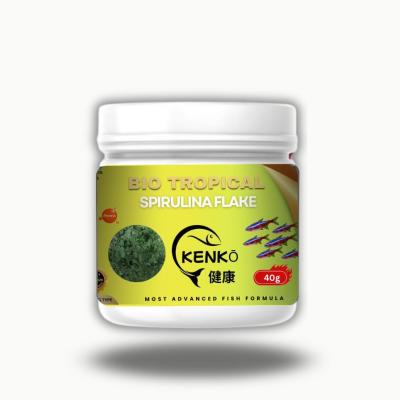
Add your review
Your email address will not be published. Required fields are marked *
Please login to write review!
Looks like there are no reviews yet.
869710371724/7 Support Center
tropicalThe Zebra danio – Pink is a freshwater fish of the danio family, Cyprinidae.
Zebra danios have thin bodies with zebra-like horizontal black and white stripes.
Because of their gregarious, placid demeanor, the fish are popular among aquarists, yet they can be aggressive if housed in a crowded tank.
The Zebra danios come in various colors, including a neon-colored, genetically modified variant known as the GloFish® danio.
Zebra danios are popular among freshwater fish hobbyists. They are also prolific breeders and the most easily bred type of egglayer. These fish are easily identified by their nicely striped, black and white zebra-patterned bodies.
Zebrafish are extremely tough and can survive various water temperatures and conditions. They are often good without a water heater because they are comfortable in temperatures as low as the low 60s F.
Unlike most fish species, they are lifelong partners and breeding partners.
Tropical and subtropical seas in India, Bhutan, and Bangladesh are home to zebra danios. The native habitat of the zebra danio changes with the seasons.
Water temperatures can reach 82°F in the summer and dip to roughly 60°F in the winter, depending on the location.
Zebra danio – Pink can be found in various environments, including slow-flowing streams and rivers, flooded ponds, and rice paddies. The fish have adapted to a variety of water parameters, as well as varying quantities of vegetation and light.
The bodies of zebra danios are thin and torpedo-shaped, with striking horizontal stripes running from head to tail. Zebra danios are lively, peaceful, and playful fish that do not cause problems when housed with appropriate species.
Zebra danio – Pink are tiny fish with zebra-like stripes on their bodies. The fish are silvery-gold in color with blue stripes in the wild. Males are more golden in hue than females, who are silvery-white.
The small, rounded fins and rounded tail of the common zebra danio. The longfin zebra danio is a captive-bred aquarium fish with long, flowing fins and a long tail that is approximately three times the length of the fins and tail of the common zebra danio.
I. Size
II. You would love the fish because…
Zebra danio – Pink is available in a variety of hues in the aquarium market, including silvery-green, pink, blue, and purple bodies. All zebra danios have white stripes with black borders and varied colored stripes — such as blue — between these stripes.
GloFish danios, neon counterparts of the zebra danio, are also available in a variety of colors, including Sunburst Orange, Galactic Purple, Starfire Red, Electric Green, and Cosmic Blue.
White-gold bodies and crimson eyes distinguish albino zebra danios. These fish are uncommon in the wild due to their bright coloring, but they are rather popular in the fish trade.
Zebra danios lose their coloring when stressed. Male and female zebra danios have brighter, bolder stripes when trying to impress their mates during the breeding season.
Zebra danios are active, playful fish that get on well with most fish in a community tank. The zebra danios swim quickly around the upper and middle sections of the tank, and are diurnal, meaning they’re more active during the day than at night.
As shoaling fish, zebra danios are bravest in groups of five or more. Getting the balance right is important — too few zebra danios can cause stress, while too many zebra danios can cause hyperactivity and territorial behavior
III. Is this fish species peaceful or hostile?
IV. Species compatibility
However they nibble the fins of certain species. Angelfish, bettas, and guppies, as well as any fish with long-flowing fins, are potential prey for the energetic zebra danio.
V. How to feed this species?
The majority of danios are omnivorous and thrive on Aqueon Tropical Flakes, Color Flakes, Tropical Granules, and Shrimp Pellets. Frozen and live foods can also be given as treats or to aid in the induction of spawning. To achieve the greatest results, rotate their diet regularly and feed them only what they can take in under 2 minutes once or twice a day.
Recommended food
Aqueon Tropical Flakes
WA Cichlid Vital Pellets
NOTE : THIS PICTURE IS FOR REFERENCE PURPOSE ONLY . Delivery in Kolkata only.
Your email address will not be published. Required fields are marked *
Please login to write review!
Looks like there are no reviews yet.